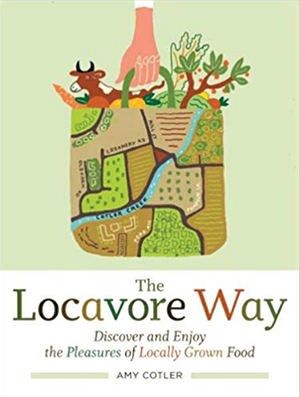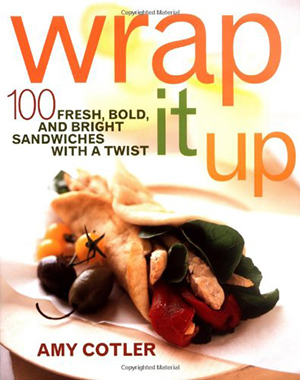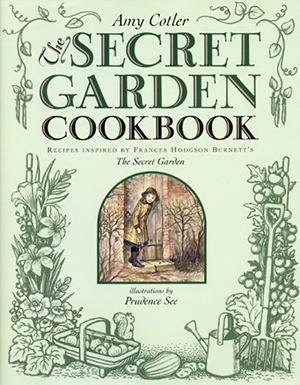
Street Soup
The time had come. I’d passed her two or three times and watched her ladle, steam rising from her soup. Her little stand was neat with bowls of leafy greens, cilantro and celery lined up, waiting in their bowls. Noodles, rice and wheat, thick and thin, pressed into the front of her glass case.
The soup lady sat waiting too, on her stool, in her large-brimmed cotton hat, complete with a yellow scarf tied around her mouth, obscuring all but her inner face. But gave her the eye, holding up one finger. In turn, she held up a plastic bag in case I wanted to take-out. I motioned to her bright blue plastic table, one of two.
She pointed to the noodles. And I picked the yellow wheat ones I’d noticed yesterday when I’d passed two sidewalk diners slurping soup. They’d popped out lusty in their bowls, yellow against greens in the breakfast sun.

Instantly, she was assembling my soup. She threw in the bonus I’d hastily asked for, raising my eyebrows to indicate: Can I have these dumplings too? She slipped my noodles in cold water to wash off their excess flour, then into a bubbling pot of stock with fat chunks of turnips bobbing to the top. The plastic bowl received broth, dumplings, noodles, turnip, greens and tiny sticks of raw celery.
Then she reached a spoon into something crunchy and brown. Fried shallots? I wondered. “Pork,” she said, although they looked nothing like pork.
“Ah,” I said, looking at her, while pinching some skin up off my arm.
We both nodded, smiling. Of course I wanted crispy pork skin. Motorbikes, pedestrians passed. She spotted a few Thai customers wandering cross the street, heading her way. Quickly, she thinly slivered roasted pork and scattered it on top with a sprinkle of cilantro.

It was my turn, my soup now. (I was possessive after 3 months on the road, eating out every day.) Slowly, I walked to my table and chair, careful not to spill my bowl. There, the glass condiment jars called to me. She’d taken her solo, now I took mine. She cooks, assembles, then I adjust to taste. It’s the dance of Asia, where each diner is a full participant in their meal.
I tasted the mild soup. It was fresh, light, colorful, a textural rhumba of soft dumplings, slippery noodles balanced by the intense crunch of the celery, mineral greens and slightly chewy pork. The spotlight hit my bowl. And I began, seasoning it with a dash of salt, that is fish sauce, a touch of sweet sugar, hot chilies and sour vinegar before finishing with a sprinkle of chopped peanuts.
I was ready to eat my Bangkok breakfast.
The Papaya Lady
While foraging for dinner, I’d landed on a sidewalk loaded with street vendors hawking everything from whole fried baby crabs to what looked like a stew made with zillions of tiny mushrooms from the woman my Bangkok pal Joe called, “The Mushroom Lady.”
I love food the in Asia where one person makes one dish over and over for decades. Say it’s sweet black bean pudding, shrimp spring rolls or noodle soup. You can see from the way they move in their orderly stand, from their open faces when I touch hand to heart after eating their dish, that they take pride in their work.
They’re not only giving you their concoction, often you’re building it to your taste in partnership. That’s true with Papaya Lady, who stood next to the Mushroom lady and across from the Grilled Fish Lady on that sidewalk in Bangkok.
Mortar and pestle alert, she held up one chili to ask. I nodded, and so she knew we didn’t want fire. Then she pounded it with one tiny clove of garlic, half a handful of chopped peanuts, a scant serving of fish sauce. Adding sweet to salt, she sprinkled in just a tad of white sugar and half a spoon of palm sugar.
“The gritty texture helps the mash,” Joe had told me.
I could smell nothing yet, but already night was falling and the street smelled of fried chicken. The Papaya Lady held up a baby crab, but I shook my head, no. I wasn’t in the mood for the unfamiliar, and Joe had told me it was fermented crab, which he called The Worst.

It went quickly from there, made to order, seasoned to taste. A sprinkle of dried shrimp, a scant handful of cut ripe green tomatoes, scissored green beans, followed by a giant squeeze of lime. Mashing, mixing, pounding with the pestle, pleasurable enough to feel I was pounding too.
Then she reached into a plastic container filled with unripe papaya and carrot shreds, and she tossed before reaching with her fingers for a taste. When she looked up, she could see me lean forward, and so I tasted, too. Almost there, I cocked my head. More lime was needed for brightness. And so it was squeezed in: it was my papaya salad now.
Because
But it there was more than that. I’d been mostly eating other people’s food, so I hadn’t put pot to flame for too long. How could I? We’d sold our house with its enormous kitchen. We’d given away our car, our furniture to our daughter. All we owned were a few boxes and two suitcases.
Those we used for this journey into Asia, marking our leap into a bright new phase. But I’d become weary of waking up in the dark, unable to place the room. Now standing on that sidewalk in Bangkok, filled with vendors, grilling sausages, salted fish and tiny chicken skewers, I was rudderless.
But I didn’t know this: if you are what you eat, I needed to own what I ate. I had to be part of my food’s flavor. Even greedier, I craved connection through preparation. To be at home in Bangkok, or wherever I was, both were required: participation in flavor building and connection.
I could feel it in my mouth. By watching my food’s ingredients come together in tandem with its creator, be it the Papaya or the Soup Lady, I connected with that street in Bangkok, or wherever I stood. By participating in my food’s seasoning, by making choices, however minor, it became mine, my papaya salad, my noodle soup, too. Using those principles, I could wake up home anywhere at all.

The papaya lady looked up. She was done, spooning my salad into a plastic bag, juice and all, allowing in extra air to buffer breakage, sealing it with a zillion quick twists of a red rubber band. We nodded at each other; no need to smile. Then the hub of street vendors settled around me. Each moved in a kind of choreography, differently in but sync, stirring, spooning, ladling something fragrant for someone, made to order.
I walked my salad home.






